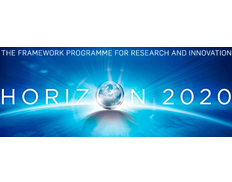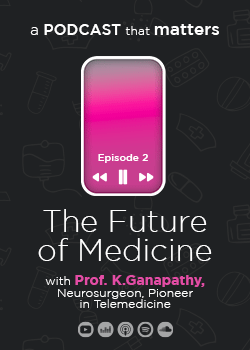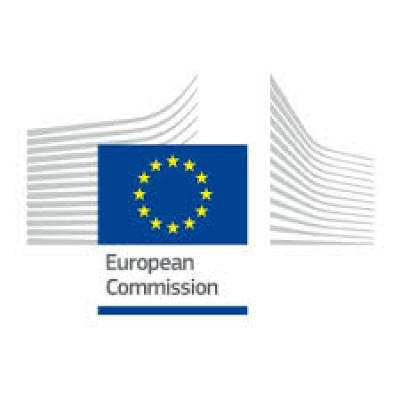
ICT infrastructure to enable the transition towards road transport automation
Details
Description
Call updates:
28 September 2017 12:06
On 27 September 2017 a total of 7 proposals were submitted in response to the following 2017 topics:
ART-01-2017 – 3 proposals
21 April 2017 16:37
Please note that the latest information on results of first stage of 2017 two-stage topics (Flash Call Info) can be found on the additional documents section of the relevant topics.
Please note that the Generalised Feedback for the first stage of 2017 two-stage topics can be found on the additional documents section of the relevant topics.
30 January 2017 11:54
On 26 January 2017 a total of 22 proposals were submitted in response to the following 2017 topics:
ART-01-2017 – 14 proposals
12 January 2017 15:24
Please note that from 1 January 2017 Switzerland is associated to the whole Horizon 2020 programme instead of the previous partial association. This applies to all the grant agreements signed on 1 January 2017 and afterwards. For more information please see the relevant Note on the Participant Portal.
20 September 2016 00:30
The submission session is now available for: ART-01-2017(IA).
TOPIC : ICT infrastructure to enable the transition towards road transport automation
| Topic identifier: | ART-01-2017 | ||
| Publication date: | 14 October 2015 | ||
| Types of action: | IA Innovation action | ||
| DeadlineModel: Planned opening date: |
two-stage 20 September 2016 |
Deadline: 2nd stage Deadline: |
26 January 2017 17:00:00 27 September 2017 17:00:00 |
| Time Zone : (Brussels time) | |||
Building on the rapid development of ICT technologies, cooperative ITS and more accurate and reliable satellite navigation and positioning, automated road transport will enable driving strategies which are safe, sustainable and efficient on the level of the whole transport system. There are still many ICT-related challenges to overcome, in particular those related to the connectivity required for advanced levels of road vehicle automation and the architecture of such a connected ICT infrastructure.
Scope:The focus will be on the development, testing and real-life validation of ICT infrastructure architectures, integrating state-of-the-art ICT technologies, systems and functions to enable the transition towards road vehicle automation (up to automation levels 3[1] and 4[2]). Proposals should bring together actors from automotive, IT and telecommunication industries as necessary to address one or several of the following areas:
―Functional and technical requirements for the required connectivity (V2V and V2I) for large-scale deployment of vehicle automation levels 3 and 4, by analysing the use cases for the deployment of stable and reliable connectivity over commercial telecom networks and over dedicated ITS spectrum. It is envisaged that both types of connectivity are needed for the deployment of large-scale automation. Proposers should address cyber-security aspects in depth.
―In relation to connectivity: architecture, functional and technical requirements for data generation, processing, storage and retrieval in the context of large-scale deployment of automation levels 3 and 4. Decision making processes needing data to operate vehicles and/or infrastructure should be distinguished from the provision of infotainment services and from other third party services. Regarding business models based on innovative, cross-sector use of data, proposers should address and analyse preconditions which might require public authority intervention. Proposers should address cyber-security aspects in depth.
―Tamper-proof in-vehicle platforms for automated vehicles building on and advancing the principles of cyber security for automated vehicles.
―Dynamic and accurate localisation and mapping, using cloud-based spatial data for highly automated driving (including sourcing, processing and information maintenance); accurate mapping and precise localisation based on European GNSS, using fully the capacity of vehicle connectivity and sensors and map data feedback loops; security of information enabling automated transport systems.
The Commission considers that proposals requesting a contribution from the EU of between EUR 5 to 15 million each would allow this specific challenge to be addressed appropriately. Nonetheless, this does not preclude submission and selection of proposals requesting other amounts.
Expected Impact:Actions will address the ICT-infrastructure related challenges to enable the transition towards advanced levels of road vehicle automation.
As described in the specific challenge above, actions are expected to contribute to improved evidence-based knowledge of required ICT-infrastructure architectures. Actions are expected to demonstrate how issues such as analysis of costs (investment, operations and maintenance) and requirements for interoperability, latency, throughput, congestion strategies, data verification and data integrity are considered.
Actions are expected to demonstrate how they will provide concrete, evidence-based input feeding into standardisation processes (notably supporting interoperability and cyber security) and policy decisions (e.g. for spectrum policy).
Considerable progress will be made regarding real time control systems for automated driving.
Actions will contribute to more reliable processing of information for automated transport based on data fusion algorithms to combine V2V and V2X information with on-board sensor information.
Actions will contribute to opening up a services market, as well as advancing public interest applications based on data captured from automation processes concerning e.g. the driver, the vehicle and the journeys made.
[1]Level 3 – Conditional Automation – "the driving mode-specific performance by an automated driving system of all aspects of the dynamic driving task, with the expectation that the human driver will respond appropriately to a request to intervene", according to the SAE International’s standard J3016.
[2]Level 4 – High Automation – "the driving mode-specific performance by an automated driving system of all aspects of the dynamic driving task, even if a human driver does not respond appropriately to a request to intervene", according to the SAE International’s standard J3016.


